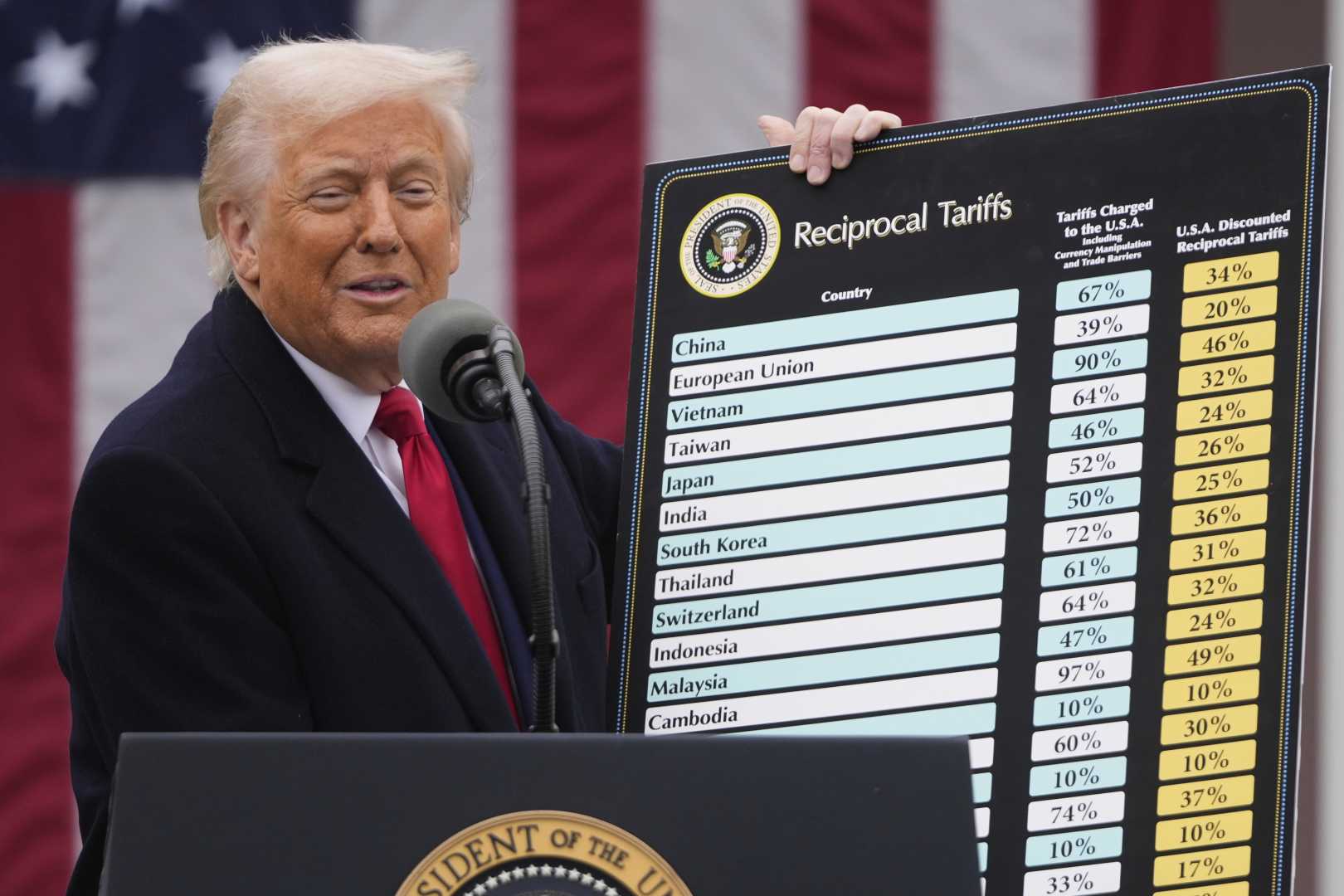Politics
Trump Implements New Tariffs as Deadline Approaches

WASHINGTON, D.C. — President Donald Trump announced significant changes to U.S. tariff policy just hours before a midnight deadline on August 1. The new measures include increasing tariffs on several countries, reflecting ongoing tensions in international trade.
The White House revealed that most countries with a trade surplus will retain a 10% tariff, initially set in April. However, nations with which the United States has a trade deficit will see that rate rise to 15%, impacting around 40 countries.
Canada will face particular scrutiny, as Trump’s team elevates the tariff rate from 25% to 35% effective Friday. This decision comes as a response to Canada’s perceived inaction regarding illicit drug trafficking into the U.S. The White House noted that goods covered by the United States-Mexico-Canada Agreement, or USMCA, will be exempt from this increase.
The implications of these tariffs prompted various reactions. Ontario Premier Doug Ford expressed deep concern, urging Canada’s federal government to retaliate with tariff increases on U.S. exports, specifically steel and aluminum. “We need to stand our ground,” he stated on social media.
Trump addressed the nation on Thursday evening, stating some countries were making commitments for trade and security. He emphasized that the tariffs are a crucial tool for asserting American interests in global trade relations.
An appeals court also convened on Thursday to review the legality of Trump’s tariff measures, which have faced criticism for potentially exceeding his presidential authority. A senior administration official acknowledged that some trade negotiations, particularly with India, are complex and will require time to resolve.
As of now, these tariff measures are poised to bring substantial revenue into the U.S. Treasury, with estimates indicating tariffs could yield between $200 and $300 billion in 2025 alone. While markets have remained relatively stable, economists warn that the long-term effects of such sweeping tariffs remain uncertain.
With the tariff increases set to take effect shortly, many businesses and foreign governments are anxiously awaiting final decisions from the Trump administration.












